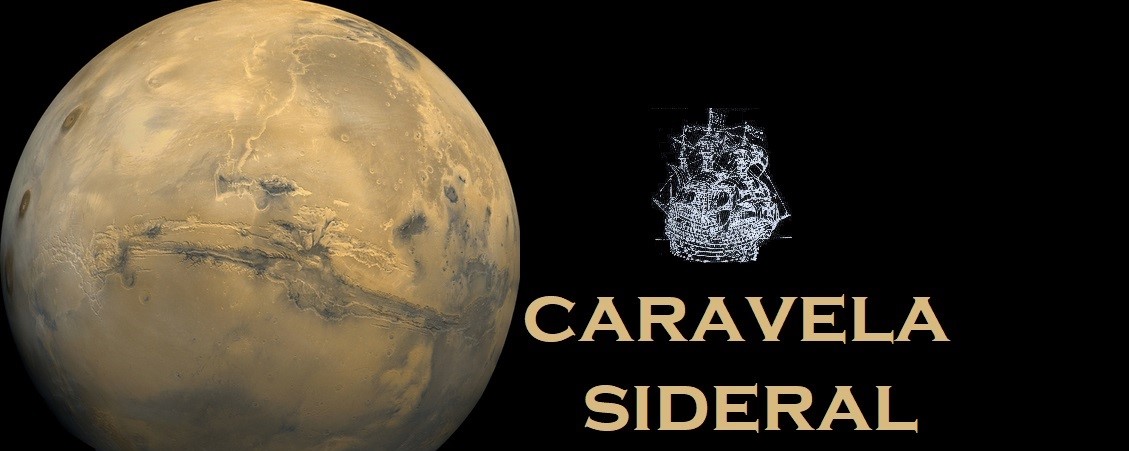 |
| Desenho Nasa |
O James Webb Space Telescope, da responsabilidade da Nasa, ESA e da agência espacial Canadiana, será o sucessor do mítico Hubble, que maravilhou uma geração com imagens fantásticas do espaço e grandes descobertas.
Esta máquina extraordináriamente complicada, que se dobra como um origami para caber no contentor que o vai levar para o espaço, será lançado na primavera de 2019 por um foguetão Ariane 5 a partir de Kourou na Guiana Francesa e vai orbitar o Sol a uma distância de 1500 milhões de kms da Terra, isto é a uma distância muito maior do que o Hubble, que está apenas a 560 quilómetros acima do nosso planeta.
Será cem vezes mais poderoso que o Hubble, mas sendo muito mais sofisticado, se houver algum problema, como aconteceu com o seu irmão mais velho, dificilmente poderá ser reparado no local.
Este telescópio é uma aposta arrojada, ansiosamente esperado pelos astrónomos de todo o mundo, que terão ainda muito que aguardar até que chegue ao espaço, se desdobre como um contorcionista e comece a desvendar os segredos do cosmos...
The James Webb Space Telescope, under the responsibility of NASA, ESA and the Canadian space agency, will be the successor of the mythical Hubble, who marveled a generation with fantastic images of space and great discoveries.
This extraordinarily complicated machine, which doubles as an origami to fit into the container that will take it into space, will be launched in the spring of 2019 by an Ariane 5 rocket from Kourou in French Guiana and will orbit the Sun at a distance of 1500 million kms from Earth, that is a far greater distance than the Hubble, which is only 560 kilometers above our planet.
It will be a hundred times more powerful than the Hubble, but being much more sophisticated, if there is a problem, as it did with his older brother, it can hardly be repaired on the spot.
This telescope is a daring bet, anxiously awaited by astronomers around the world, who will still have much to expecte until it reach space, unfold as a contortionist and begin to unravel the secrets of the cosmos ...
 |
Encapsulamento do James Webb no contentor do Ariane 5
James Webb encapsulation in the Ariane 5 container |
 |
Não há nenhum foguetão capaz de transportar este telescópio inteiro.
There is no rocket capable of carrying this entire telescope. |
 |
A parte debaixo do telescópio com o painel solar.
The bottom of the telescope with the solar panel. |
 |
Espelho principal.
Primary mirror |
 |
Montagem do espelho principal
Mounting the primary mirror |
 |
O escudo solar com 5 camadas.
Sunshield with 5 layers. |
 |
A grande aventura desde o lançamento até ao desdobramento no espaço.
The great adventure from the launch to the unfolding in space
Imagens e desenhos Nasa
Images and drawings from Nasa
|

























